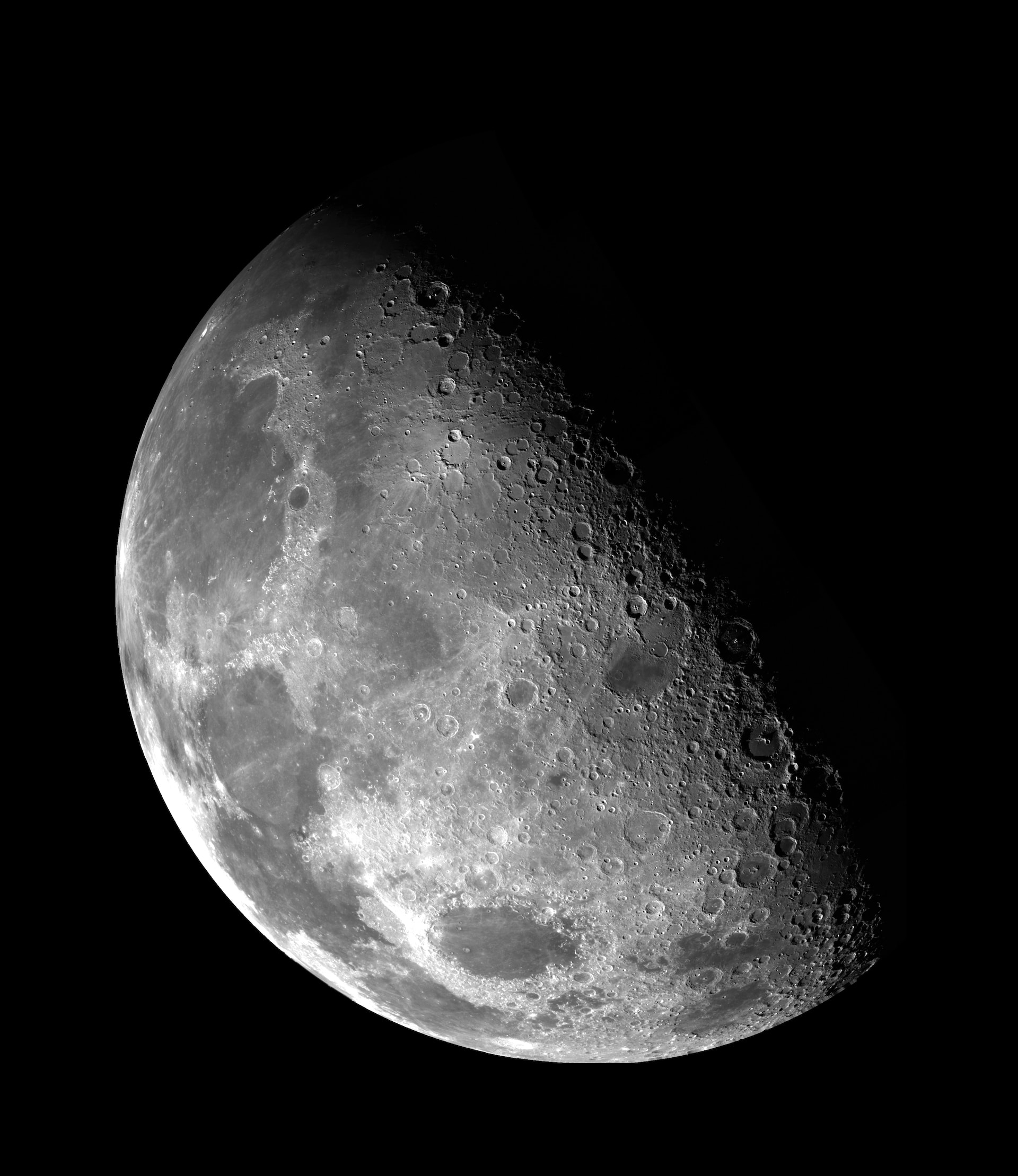Unlocking the Mysteries of Chandrayaan -3
Chandrayaan-3 launch date was on July 14, 2023, marking yet another outstanding feat for the Indian Space Research Organisation (ISRO), and Chandrayaan 3 landing date was on August 5, 2023. It represents important advancements in India's lunar exploration endeavours. This mission is planned to provide vital data and insights on the Moon's surface and geology.
With the Chandrayaan-3 mission, India has resumed its quest to unlock the mysteries of the Moon, marking an important milestone in the country's space research adventure. This mission, like its predecessors Chandrayaan-1 and Chandrayaan-2, aims to demonstrate sophisticated lunar exploration technologies and conduct ground-breaking scientific research.
The Chandrayaan-3 mission is a historic event that is being watched by people all over the world. The success of the mission would be a source of pride for India and would inspire young people to pursue careers in science and technology.
Is Chandrayaan 3 Successful?
Chandrayaan-3 created history by becoming the first mission to soft-land on the lunar south pole, a previously unexplored region. The mission's objectives were to show a safe and soft lunar landing, rover mobility, and in-situ scientific research.
One of the most noteworthy achievements of Chandrayaan-3 occurred on August 23, 2023, when the mission's lander module successfully touched down on the lunar South Pole. The Indian Space Research Organisation (ISRO) announced the Chandrayaan 3 launch date and time as July 14 at 2:35 p.m. The Chandrayaan 3 launch place was from Satish Dhawan Space Centre in Sriharikota, Andhra Pradesh. This historic feat made India the fourth country in the world, following the United States, China, and Russia, to achieve a soft landing on the lunar surface. The mission's lunar lander, named Vikram, and lunar rover, named Pragyan, were responsible for this remarkable achievement.
As of the latest Chandrayaan 3 update on August 03, 2023, the mission has achieved the crucial milestone of Lunar Orbit Insertion (LOI) successfully. This marks a significant step toward the mission's ultimate goal of landing on the Moon's South Polar region on August 23, 2023.
The precise orbital manoeuvres carried out by ISRO demonstrate the organization's expertise in spacecraft navigation and control. Gradually reducing the orbit and positioning the spacecraft over the lunar poles are key steps in preparation for the soft landing.
With the next Lunar bound orbit manoeuvres scheduled for August 6, 2023, the mission continues to progress smoothly, and the world eagerly awaits the upcoming milestones, Chandrayaan 3 information, and discoveries that Chandrayaan-3 will bring from the lunar surface.
Chandrayaan 3 Information
The main purpose of Chandrayaan 3 are as follows:
Safe Landing: One of the primary goals of ISRO moon mission Chandrayaan 3 is to demonstrate a safe and smooth landing on the lunar surface. This includes ensuring that the lander can manoeuvre autonomously and gently land on the Moon's surface.
Rover Mobility: The mission's goal is to demonstrate rover mobility on the lunar surface. The rover will traverse the lunar surface, conducting experiments and gathering data.
Scientific Experiments on the Moon's Surface: Chandrayaan-3 will carry scientific instruments onboard the rover to conduct in-situ experiments on the lunar surface. These investigations are intended to improve our understanding of the composition and geological properties of the Moon.
Key Scientific Objectives of the Chandrayaan-3 Mission:
To search for water ice in the lunar polar regions.
To study the geology and mineralogy of the lunar surface.
To investigate the lunar atmosphere and dust environment.
To conduct experiments to understand the effects of the lunar environment on materials and biological systems.
How Cost-Effective Lunar Exploration by ISRO Moon Mission Chandrayaan 3
The successes of Chandrayaan 3 cost also illustrate the cost-effectiveness of India's space exploration programs. With a budget of around 600 crores (about $80 million), this expedition demonstrates that important scientific achievements may be realized without lavish spending. Chandrayaan-3 demonstrates India's developing capability in space exploration, devotion to scientific advancement, and ability to achieve ambitious goals within budgetary restrictions. As the mission progresses, it promises to provide significant insights into the secrets of the Moon and contribute to a better understanding of our celestial neighbour on a global scale. The world awaits the discoveries that Chandrayaan-3 will bring back from the lunar surface as India's lunar mission continues.
The Chandrayaan-3 mission is a significant step forward in India's space program. It is a testament to the hard work and dedication of the scientists and engineers at ISRO. The success of the mission would be a major boost for India's ambitions to become a leading space power.
FAQs on ISRO Moon Mission Chandrayaan 3 Launch Date - A Historic Landing on the Moon's South Pole
1: Where is Chandrayaan 3 now?
The Chandrayaan-3 rover has arrived on the Moon's surface. The Chandrayaan-3 mission's Pragyan Rover safely landed on the lunar surface and completed its mission. The rover was reported to have gone into sleep mode.
2: What is the Chandrayaan 3 speed?
Chandrayaan-3 lander is designed to safely touch down at relatively low speeds. The Chandrayaan 3 speed per second, Chandrayaan 3 speed per minute and Chandrayaan 3 speed per hour was within an optimal range of 2 m/sec (7.2 km/h) to 3 m/sec (10.8 km/h). This ability to perform a soft landing is crucial for the mission's success and the safety of the equipment onboard.
3: Who launched chandrayaan 3?
The Chandrayaan-3 Scientist name of VSSC, which is based in Thumba, Kerala, is S Unnikrishnan Nair. The Geosynchronous Satellite Chandrayaan-3 Launch Vehicle (GSLV) Mark-III, now known as the Launch Vehicle Mark-III, was developed by VSSC. Chandrayaan-3 DirectorS Unnikrishnan Nair and his colleagues handle several essential areas of this vital mission as the head of VSSC.
4: How many days to reach moon?
On July 14, India's Chandrayaan-3 mission was successfully launched into orbit. The spacecraft will now take approximately 41 days to reach the moon and attempt a soft landing on the lunar surface








